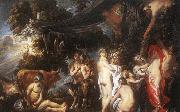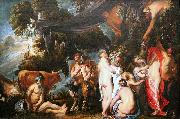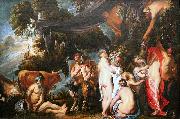
Öl auf dem Segeltuch,das echte Aroma von alten Meistern
|
Jacob Jordaens
|
|||
|
|
|||
| Flemish Baroque Era Painter, 1593-1678 | |||
|
|
|||
|
|
Allegory of Fertility new18/Jacob Jordaens-993992.jpg Gemälde IDENTIFIZIERUNG:: 51052 |
Oil on canvas, 119 x 182 cm | |
Höhe Breite |
Zoll/CM |
||
|
X |
|
||
|
|
|||
|
Jacob Jordaens
|
|||
|
|
|||
| Flemish Baroque Era Painter, 1593-1678 | |||
|
|
|||
|
|
Allegory of Fertility new24/Jacob Jordaens-453374.jpg Gemälde IDENTIFIZIERUNG:: 83905 |
Date 17th century Medium Oil on canvas Dimensions 119 x 182 cm (46.9 x 71.7 in) cjr | |
Höhe Breite |
Zoll/CM |
||
|
X |
|
||
|
|
|||
|
Jacob Jordaens
|
|||
|
|
|||
| Flemish Baroque Era Painter, 1593-1678 | |||
|
|
|||
|
|
Allegory of Fertility new25/Jacob Jordaens-584337.jpg Gemälde IDENTIFIZIERUNG:: 87748 |
17th century Medium Oil on canvas Dimensions 119 x 182 cm (46.9 x 71.7 in) cyf | |
Höhe Breite |
Zoll/CM |
||
|
X |
|
||
|
|
|||







